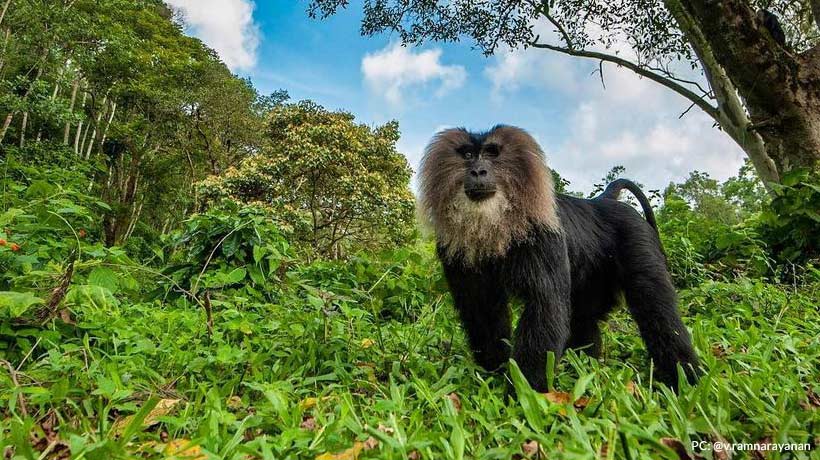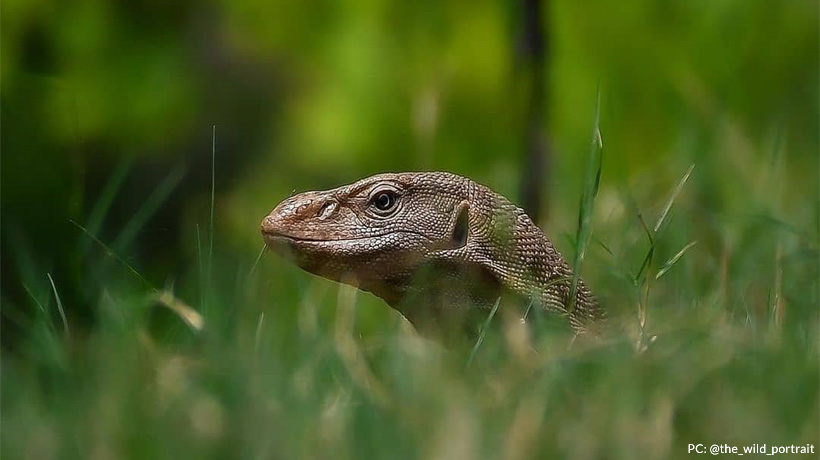From Evergreen & Deciduous Forests to Montane forests and Swamps, Primates are spreaded over a vast portion of Indian Biodiversity. Primates are generally differentiated from their bigger skull as compared to the other mammals. They are 3rd most diverse species after rodents and bats. We humans are considered as the evolved version of these Primates.
Total 24 species of Primates are found in India. Out of which, several are Endangered due to deforestation, invasion of human population and habitat- destruction.
They are listed below :
WESTERN HOOLOCK GIBBON :
India’s only Gibbon, the Western Hoolock Gibbon prevails in the North eastern states like Assam, Mizoram and Meghalaya. They are also found in neighboring countries of Bangladesh and Myanmar. Gibbons emit unique vocalizations in groups. Their arms have twice the strength of legs, and thus provide them an ease to swing from branches to branches. Their Indian habitat includes areas where Commercial Tea Cultivation is being practiced since the East India Company. Hence, the removal of Forests for Tea cultivation and the Jhum-cultivation combinedly contribute to their habitat destruction and leading to the lowering numbers in Wild. One can spot them in the Hollongapar Gibbon Wildlife Sanctuary in Assam that is considered as their last abode in India. The sanctuary is divided into 2 fractions by the hindering Railway Tract. However, by the efforts of local people, conservationists and Forest Department attempts are made to develop Natural Canopy Bridges by Tree Plantations.
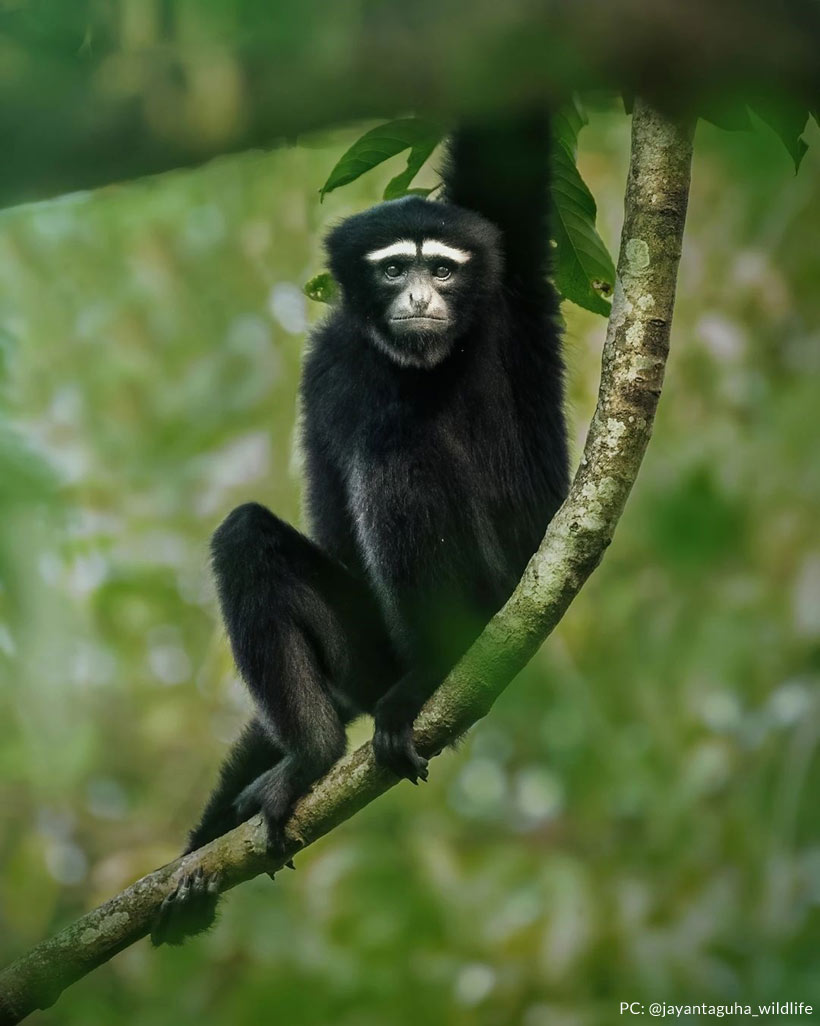
ARUNACHAL MACAQUE :
As the name states, Arunachal macaque is native to Arunachal Pradesh. It is found at high altitudes of 2000 to 3,500 elevations above sea level; and hence it is one of the highest-dwelling primates of India. It was discovered in 2005 by the Nature Conservation Foundation(Mysore, India). They are known for Crop-raiding in the local farms and hence the exposure to Humans results in Endangerment of their species.
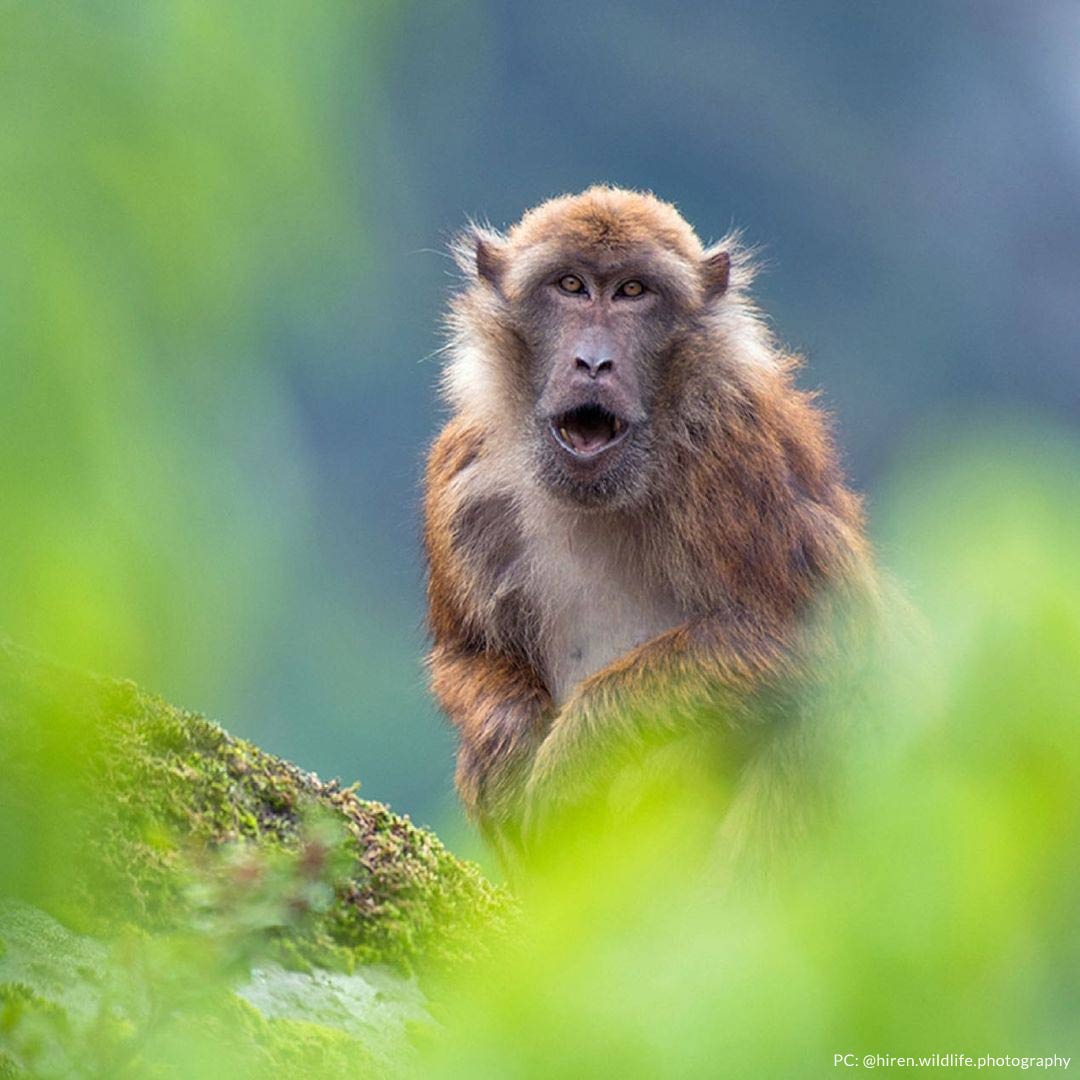
LION TAILED MACAQUE :
Endemic to the rain-forests of Western Ghats, Lion tailed Macaques are becoming credibly adaptive to their surrounding environment. They derive their name not from their appearance that looks alike the Fur and Mane of a Lion but their TAIL that resembles to that of the lion . Lion tailed macaques are omnivorous, as they feed on both – the seasonal fruits, leaves, seeds and also insects and small vertebrates. A large portion of their habitat is being used to practice commercial agriculture. Due to that, they face Fragmentation and struggle for finding food. At times they forage the local peoples’ houses in search of food, hence getting exposure to the Human environment. They even stop vehicles crossing the National Highways to get food, in which many a times they are road-killed. The much increasing ecotourism also imposes threat to them and disturbs their habitat. Thus, nowadays there are many accounts of human-primate conflicts in the parts of Karnataka, Kerala and Tamil Nadu. However, The Conservationists have created ‘Aerial bridges’ in the upper canopies of the Forests to help their hopping and food-searching.
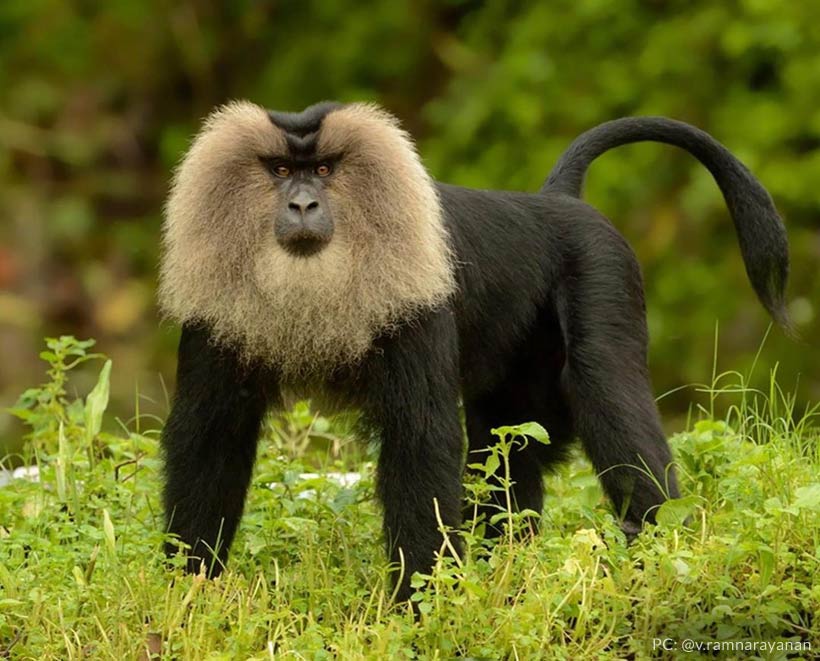
GEE’S GOLDEN LANGUR :
Gee’s Golden Langur which is found in the North-eastern part of our country, is one of the MOST ENDANGERED Primates of India. Ranging from Western Assam to Bhutan, they live in troops of 8-50 individuals. Local Assamese call them ‘Khonali Bandor’ which literally translates- Golden monkey. They are highly fragmented in the Indian forests. With the current estimated population of 6000-6500, Golden Langurs are Endangered (with a
decreasing trend). The biggest threat to these species is the Electrocution from the power lines. If the luck favours, one can spot this Langur in the Manas National park and Kakoijana Reserved forest in Assam.

BENGAL SLOW LORIS :
Bengal Slow Loris is the only nocturnal and arboreal primate found in the North-east INDIA. It can live up to 20 years and can give an exceptional share to the beauty of the Biodiversity. But due to increasing demand of exotic pets, it is one of the most sold animal in the markets. It is also used as traditional medicine to cure several diseases. Illegal Poaching, encroachment in their habitats, deforestation – all have combinedly resulted in drastic decline in the wild populations of the Bengal Slow Loris. Hence, the animal is tagged as an “Endangered”.
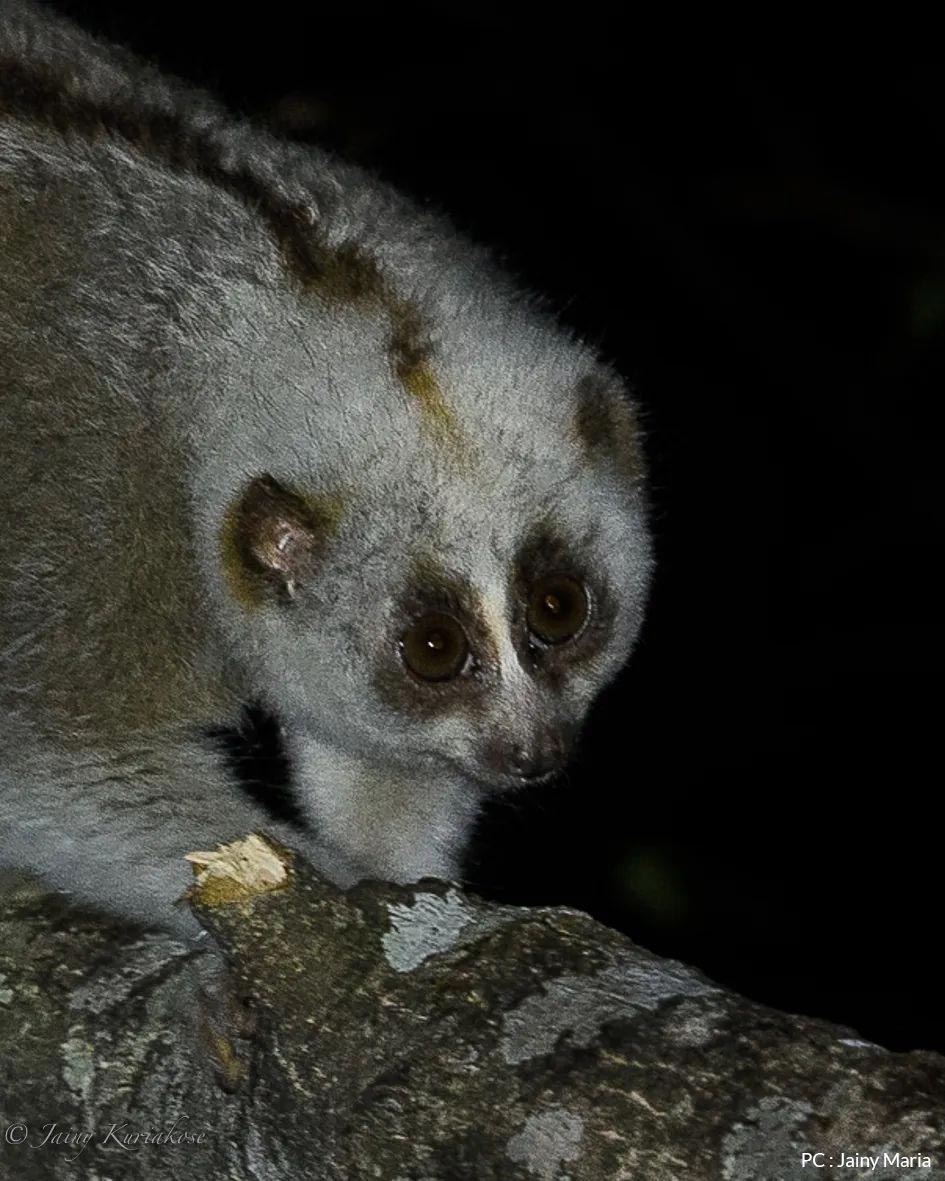
PHAYRE’S LEAF MONKEY :
The Phayre’s Leaf Monkey is native to South and Southeast Asia. It is called as “Chashmo Bandor” by the Assam and Tripura communities because of the white outline around it’s eyes. Their sparse population is found in Assam, Tripura and Mizoram. It is mostly Arboreal and feeds on Leaves. The commercial Rubber Plantations have snatched a huge portion of their habitat. Sepahijala Wildlife Sanctuary in Tripura is one of the few places where one can spot the Phayre’s Leaf Monkey.

KASHMIR GRAY LANGUR :
Kashmir Gray Langur is a Leaf-eating Monkey. Due to their Restricted range because of development activities and agriculture, it is noted as the Endangered Species by IUCN. In India it can be seen in the Chamba Valley of Himachal Pradesh.
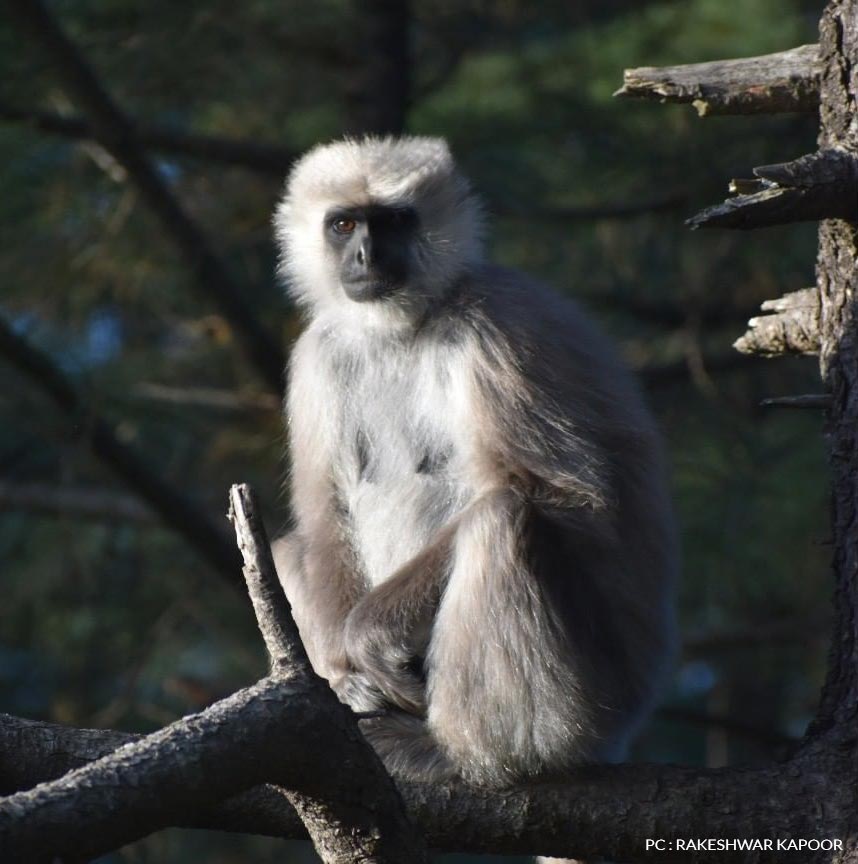
Summing up, Primates are important mammals and they play key role in structuring and functioning of the Ecosystems. They are important means of seed dispersal, as they disperse seeds by dropping them down or even by defecating them. Acting as Predators, they feed on Plants and sometimes on other small animals; thus maintaining the Forest Food-Chain. Therefore, we should make all the possible efforts to save their Wild-populations.
Read something New Everyday on Indian Wildography !

